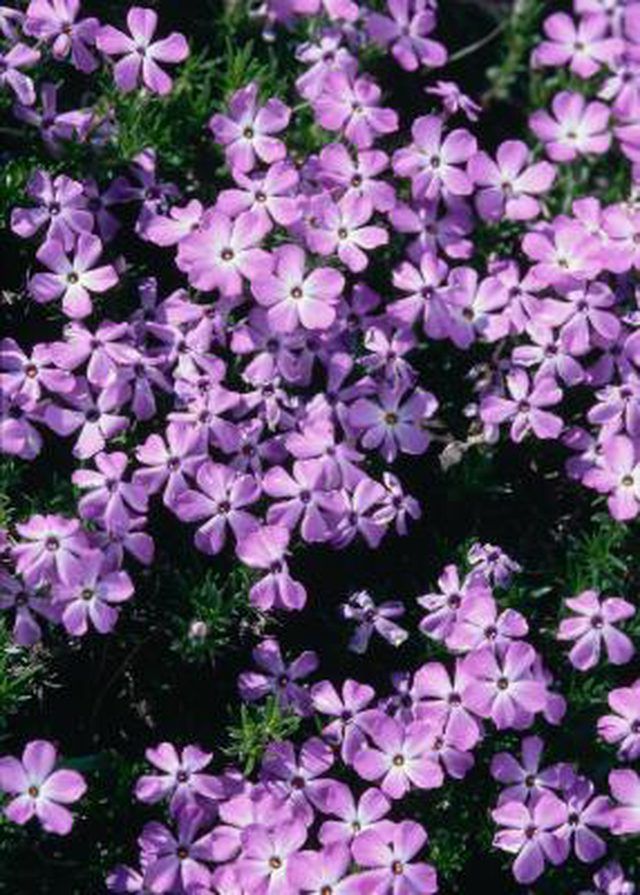Bulbs
Flower Basics
Flower Beds & Specialty Gardens
Flower Garden
Garden Furniture
Garden Gnomes
Garden Seeds
Garden Sheds
Garden Statues
Garden Tools & Supplies
Gardening Basics
Green & Organic
Groundcovers & Vines
Growing Annuals
Growing Basil
Growing Beans
Growing Berries
Growing Blueberries
Growing Cactus
Growing Corn
Growing Cotton
Growing Edibles
Growing Flowers
Growing Garlic
Growing Grapes
Growing Grass
Growing Herbs
Growing Jasmine
Growing Mint
Growing Mushrooms
Orchids
Growing Peanuts
Growing Perennials
Growing Plants
Growing Rosemary
Growing Roses
Growing Strawberries
Growing Sunflowers
Growing Thyme
Growing Tomatoes
Growing Tulips
Growing Vegetables
Herb Basics
Herb Garden
Indoor Growing
Landscaping Basics
Landscaping Patios
Landscaping Plants
Landscaping Shrubs
Landscaping Trees
Landscaping Walks & Pathways
Lawn Basics
Lawn Maintenance
Lawn Mowers
Lawn Ornaments
Lawn Planting
Lawn Tools
Outdoor Growing
Overall Landscape Planning
Pests, Weeds & Problems
Plant Basics
Rock Garden
Rose Garden
Shrubs
Soil
Specialty Gardens
Trees
Vegetable Garden
Yard Maintenance
How to Get Rid of Phlox
How to Get Rid of Phlox. Among the roughly 70 species of phlox (Phlox spp.) most are low-growing or trailing plants, but some upright, shrub-form species reach several feet tall. Some species of phlox are annuals, but most perennials that die back or stop growing in winter. Most grow in U.S. Department of Agriculture plant hardiness zones 2...

Among the roughly 70 species of phlox (Phlox spp.) most are low-growing or trailing plants, but some upright, shrub-form species reach several feet tall. Some species of phlox are annuals, but most perennials that die back or stop growing in winter. Most grow in U.S. Department of Agriculture plant hardiness zones 2 through 10, but this varies among species. Phlox can sometimes be hand-pulled, but it's difficult to remove all the roots, particularly with creeping varieties, so a herbicide application can help completely remove the phlox.
Things You'll Need
Spray bottle or 1-gallon garden sprayer
41 percent glyphosate herbicide with surfactant
Gloves
Protective eyewear
Lawn mower or weed trimmer
Lopping shears
Garden hoe or rototiller
Mix 2 2/3 ounces of herbicide with 1 gallon of water in a spray bottle or 1 gallon garden sprayer to make a 2 percent glyphosate solution. The regular formula of common glyphosate brands contains roughly 41 percent glyphosate, but check the label before mixing. Use a product with a surfactant so the herbicide coats foliage more easily.
Use lopping shears to cut shrubs back to about 6 inches. Mow over shorter phlox with your lawn mower set at its highest setting.
Spray the phlox with the glyphosate solution to completely wet all parts of the phlox plants. The surfactant coats the plant and reduces runoff. Allow seven to 10 days for the herbicide to take effect and dry out the plants. The phlox should shrivel up and turn brown.
Spray any green parts that remain after 10 days with the herbicide. Wait until those plants die.
Turn the dead plant material into the soil, using a garden hoe or rototiller. It will improve soil tilth and drainage. The plant matter decomposes in the soil, just as plant matter breaks down when added to a compost pile. Alternatively, you can break up the soil, rake up the dead phlox and add it to your compost pile or a green materials waste bin.
Monitor the area for new phlox growth and spray the new growth immediately with the herbicide solution. Repeat this process until the phlox no longer returns.